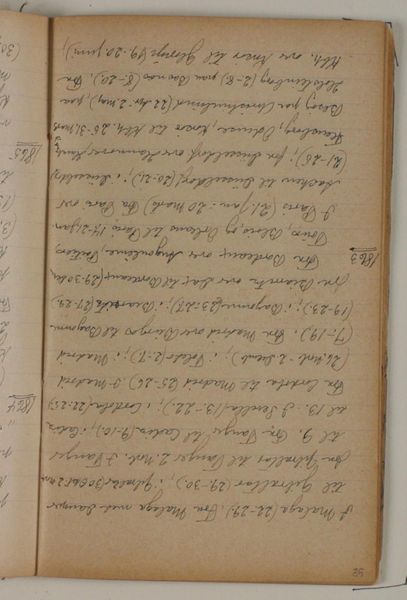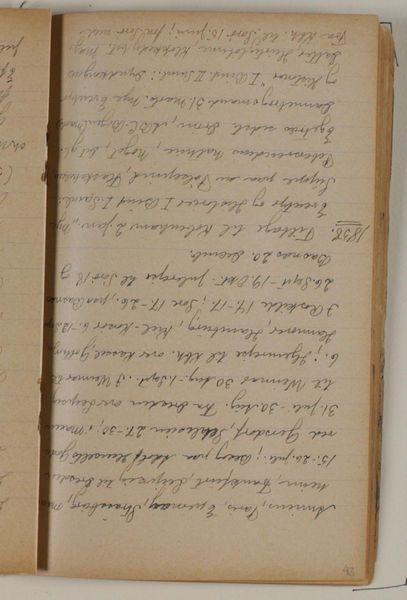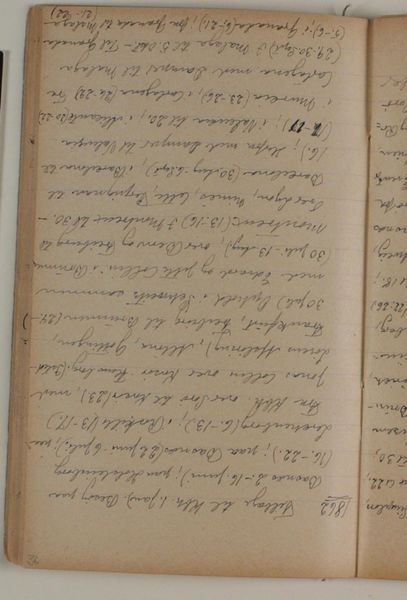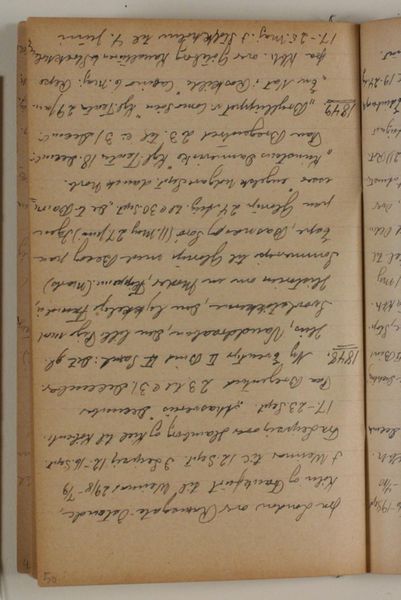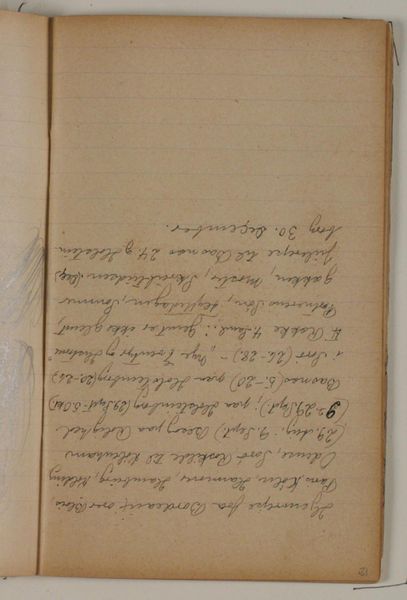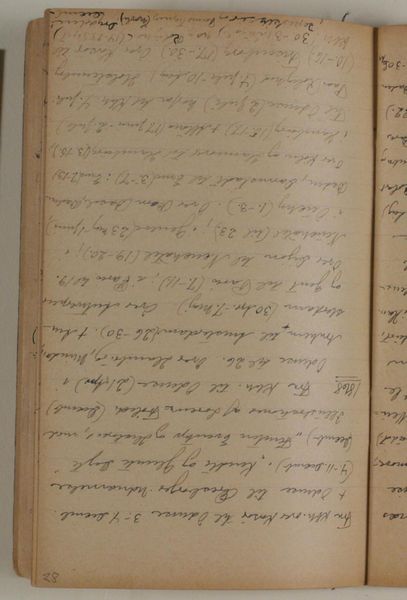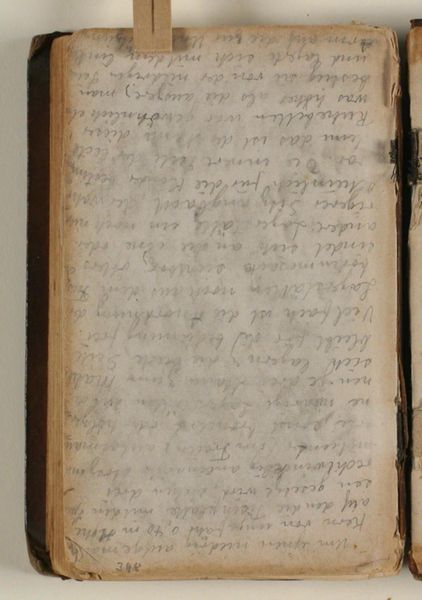
Tidstavle over H.C. Andersens liv 1866-1844 1930 - 1938
0:00
0:00
drawing, textile, paper, ink
#
drawing
#
textile
#
paper
#
ink
#
modernism
#
calligraphy
Editor: Here we have Niels Larsen Stevns’ "Tidstavle over H.C. Andersens liv 1866-1844," created between 1930 and 1938. It's a mixed-media piece combining drawing, textile, paper, and ink, with modernist calligraphic elements. Initially, I’m struck by the density of the text and how it seems to chronicle events, almost like a historical record. What strikes you about this piece? Curator: I see this not just as a record, but as a deliberate act of claiming space within the narrative of art history itself. Stevns is not simply documenting Hans Christian Andersen's life; he’s actively engaging in a dialogue with cultural memory and the construction of national identity. Consider the power dynamics at play. Who gets to tell these stories, and how? Does Stevns’ approach amplify or challenge the dominant narratives of his time? Editor: That's fascinating! I hadn’t thought about it in terms of power. Do you see any feminist undercurrents in his engagement with H.C. Andersen's life? Curator: Perhaps indirectly. By choosing to represent Andersen’s life in this meticulous, almost devotional manner, Stevns disrupts the traditionally masculine narratives of artistic genius. He elevates the everyday details, the journeys, the moments that shaped Andersen. How might a feminist lens reshape our interpretation of even seemingly conventional subjects? The scale might appear smaller, but these personal and domestic depictions were not typically thought of as fine art material at the time. Editor: So, by focusing on the minute details of Andersen’s life, Stevns implicitly critiques the grand narratives typically associated with male artists? I see how that reading opens up new possibilities for understanding his work. Curator: Exactly! It encourages us to ask: whose lives are deemed worthy of record, and by what criteria? It pushes us to recognize the inherent biases within historical accounts and invites us to construct more inclusive, multifaceted interpretations of art. Editor: I never would have thought there was such depth behind a page of beautiful handwriting! Now I feel like I can appreciate how Stevns sought to contribute to the story. Curator: Indeed. Every mark, every choice, contributes to a larger conversation about history, identity, and power, doesn't it?
Comments
No comments
Be the first to comment and join the conversation on the ultimate creative platform.

